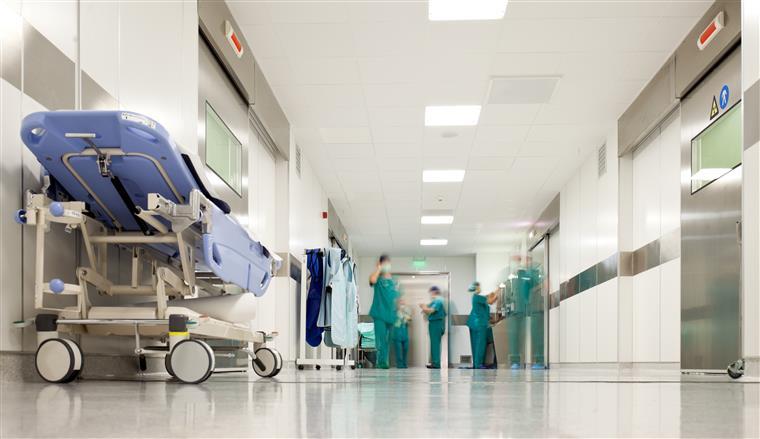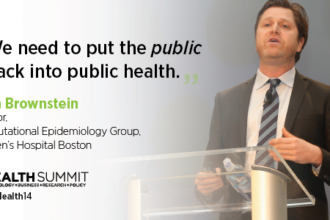While hospital and other healthcare facilities do a wonderful job caring for millions of patients across America every year, often with very tight budgets and limited staff, unfortunately it is still a fact that many negative incidences do occur. There are regular reports of patients, staff members, and visitors being injured due to slips, falls, trips, or other accidents on-site, as well as issues with patients suffering from infections and other health concerns that crop up after they have spent time in a healthcare center. In addition, all too often the medications administered to patients end up causing adverse side effects, minor and major health complications, and sometimes even death. As a result, all healthcare leadersmust do everything possible to reduce the risks of injuries and illness occurring. On top of this being a good thing for the safety of everyone involved, it is also vital for facilities, which can be at risk of large and potentially debilitating malpractice lawsuits if affected patients hire a personal injury attorney. Indeed, according to recent details revealed by The Joint Commission Center for Transforming Healthcare, in its March 2017 Sentinel Event Database, the failure of leadership to create an effective safety culture within healthcare centers is a contributing factor to many types of adverse events and outcomes. This includes things like delays in treatment, incorrect site surgery, staff stress and burnout, and more. The alert, issued in advance of the recent National Patient Safety Awareness Week, is a reminder to healthcare organizations to pick up their game and work on continuously improving their safety culture. If you need to increase safety and reduce risks at your healthcare facility today, read on for some strategies you can implement.
Reduce the Number of Patient Transfers and Handoffs
First off, it is important for facility managers to look at the number of patient transfers, and resulting handoffs between staff members, which occur every day. Moving patients (e.g., from their room to surgery or to testing wards such as radiology) and interchanging the healthcare workers assigned to their care can cause more disruptions than is necessary and also put patients in a vulnerable position. The more handoffs there are, after all, the greater potential there is for errors to occur in the notes registered on a patient?s file, the medication administered to them, the instructions provided to workers, and so on. To minimize these risks then, administrators should examine facility processes to find ways to bring services to patients, rather than having to move people from place to place and between workers. It is also beneficial to put electronic medical records in place, so that every caregiver, at each transfer point, can have easy access to the complete and up-to-date health records of a patient. Using bar-codes for patient identification is wise, as is categorizing handoffs according to things such as the medical actions required and the severity of illnesses.
Lower Noise Levels
Another way to increase safety within healthcare facilities is to lower the noise levels within buildings. Having too much noise in a healthcare environment can lead to numerous issues for both medical staff and patients. For instance, noise can be irritating and lead to increased fatigue and stress for patients and staff. It can also reduce a worker?s performance because it can interfere with their ability to concentrate and communicate, and impair their cognitive abilities. It can serve as an unnecessary distraction too. Noise is also believed to negatively affect memory (obviously not ideal for healthcare staff); and it can reduce patient healing because it often disrupts sleep, elevates blood pressure, and increases pain levels. To combat noise issues, healthcare organizations can work on altering the reverberation rate of sound within buildings. Floor coverings (such as carpet and rubber) can make footfalls softer, while quieter heating, ventilation, and air conditioning (HVAC) systems are beneficial. In addition, it pays to: utilize more absorbent ceiling tiles within buildings, put better insulation between patient rooms, use quieter equipment, get rid of overhead paging systems, and provide more private rooms to patients.
Keep Staff Close to Patients
Lastly, safety can be increased within facilities when layout and function is thought out more carefully. It is important for room design to factor in how close by healthcare workers are to patients. If staff members can easily see patients at all times, they will be more likely to quickly identify people having issues. In addition, visibility and close access allows workers to deliver healthcare more efficiently and effectively. When considering facility design, try to put small nursing stations throughout buildings, rather than just in limited spots. These stations can be placed in alcoves, corridors, or even in patient rooms. Wall desks, where workers can take a look at or fill out charts, complete dictation, or do other tasks, can be very helpful, as can cameras in large rooms. Allocating more nursing stations throughout hospitals and other facilities puts medical information close by to more patients. In turn, this means that patients are less likely to have to be disrupted at all hours with staff coming in to check charts. It also lowers the risk of treatment or diagnoses errors, since physicians have easier access to real-time patient information.








